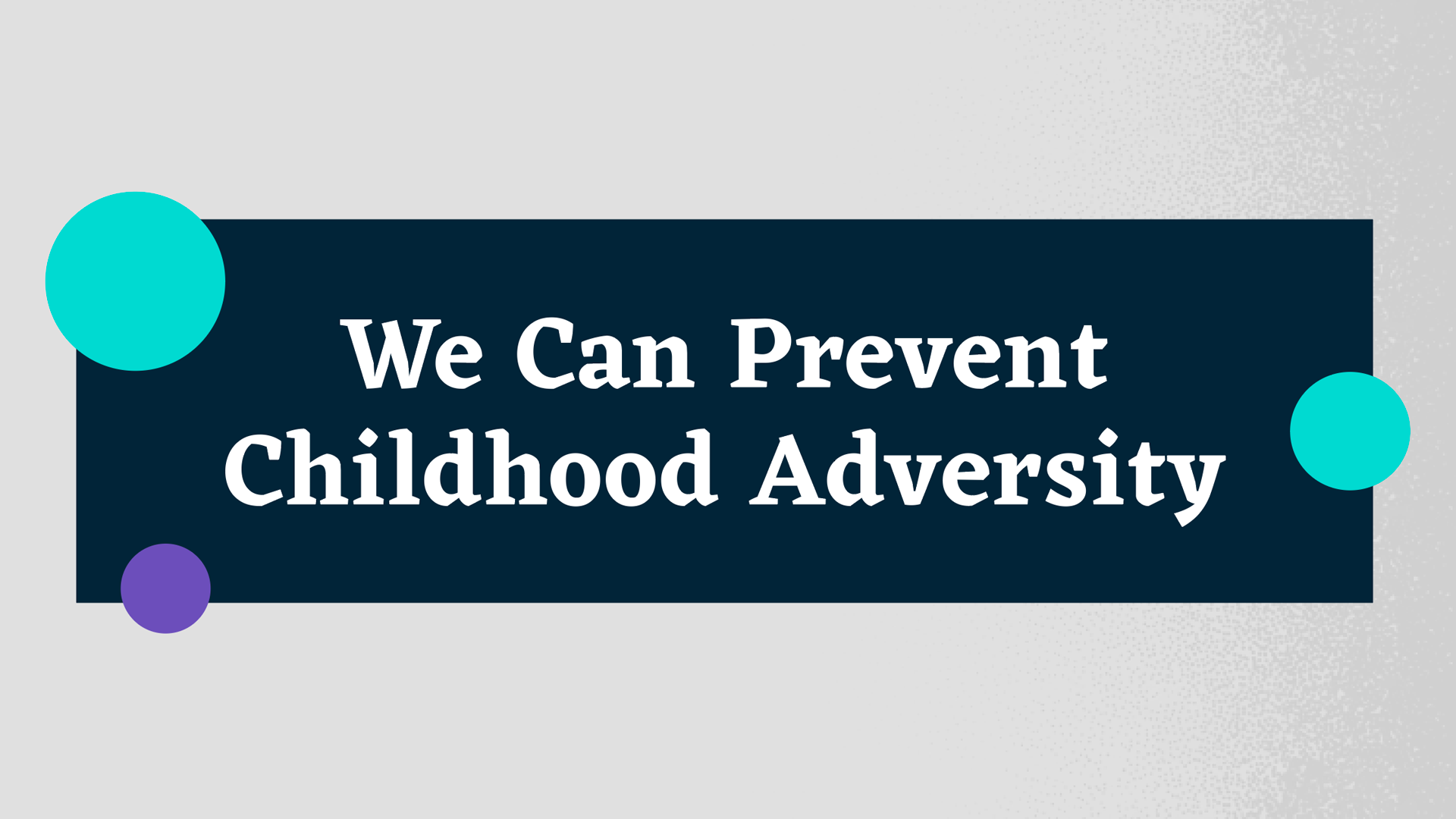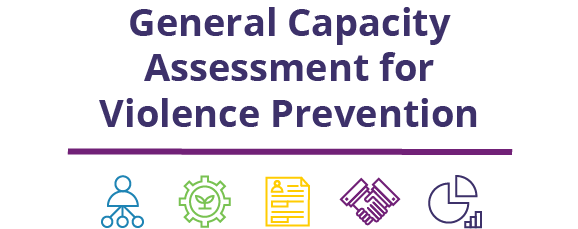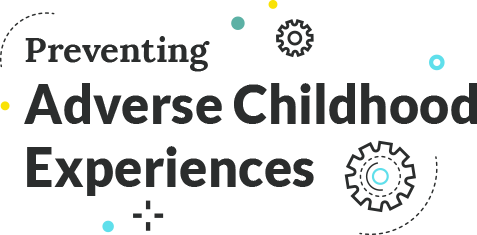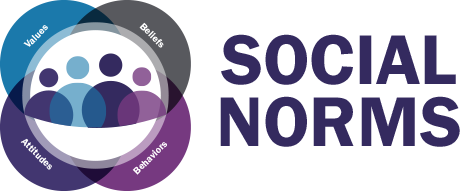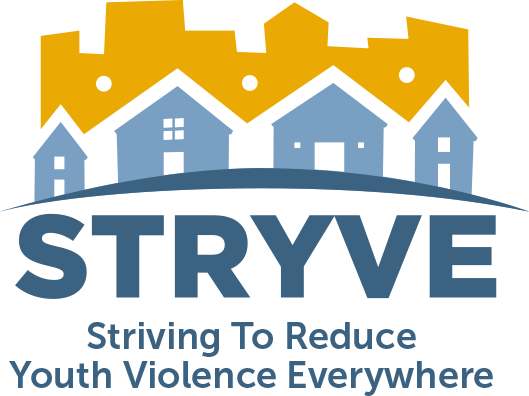
Strengthen Your Prevention Toolkit
Dive deeper into topics about violence prevention programs and practice, such as how to address risks shared by different forms of violence or how to effectively build partnerships. Each tool and training will equip you with a unique set of skills that can bolster your work to stop violence before it starts.
18 Available
Childhood experiences—good and bad—shape our health, well-being, and livelihoods over a lifetime. This infographic uses data from the CDC-Kaiser Permanente Adverse Childhood Experiences (ACEs) Study and recent findings to show how ACEs and prevention can affect people’s lives and society.
10 minutes
Published date: Jun 30, 2021
Serve as a consultant to VetoVille, a city working to address rising health care costs, safety concerns, and education challenges with limited resources. This game-like experience demonstrates that many issues are related to violence in our communities. Put your violence prevention knowledge to the test today!
20 minutes
Published date: Jun 24, 2016
Different types of violence are connected and often share the same root causes. This training explores how different types of violence can take place in the same house, in the same neighborhood, at the same time, or at different stages of life. By the end of the training, you will understand the overlapping causes of different types of violence and what can protect against violence.
40 minutes
Published date: Nov 7, 2017
Policy development and evaluation is a key component of a comprehensive approach to teen dating violence prevention. This online interactive resource provides guidance in evaluation of teen dating violence-related policies. The Guide to Policy is one component of the Dating Matters model.
30 minutes
Published date: Jan 31, 2017
Teens who recognize risks for violence are better able to build healthy relationships into adulthood. This online accredited course uses expert interviews, interactions, storytelling, and educator insights to make teen dating violence prevention relevant for educators, youth leaders, and everyone working with teens. The Training for Educators is one component of the Dating Matters model.
60 minutes
Published date: Jul 1, 2015
The Dating Matters® Toolkit gives strategies for individuals, peers, families, schools, and neighborhoods to help prevent teen dating violence. It focuses on teaching 11 to 14-year olds the skills needed to have healthy relationships and prevent negative relationship behaviors. An evaluation found it works to stop teen dating violence before it starts in middle school. Get everything you need to carry out Dating Matters® in your community.
Published date: Sep 23, 2019
Evaluating your violence prevention programs helps you identify what is working, and what isn’t. This tool is design to walk you through the steps of program evaluation and things to consider as you plan and conduct your evaluation.
30 minutes
Published date: Apr 14, 2021
Assess your organization’s ability to prevent violence using a public health approach. This tool will help you examine different resources needed for success, including leadership, staffing, skills, and partnerships.
20 minutes
Published date: Oct 23, 2020
Engaging community partners, like businesses, are an important aspect for successful child abuse and neglect prevention efforts. This tool will help you communicate the importance of creating strategic partnerships with your business community to assure safe, stable, nurturing relationships and environments in the home, community, and workplace.
40 minutes
Published date: Jul 6, 2017
ACEs affect children and families in all communities. ACEs come in many forms and can have long-term impacts on health and well-being into adulthood. This accredited, online training can help you understand, recognize, and prevent them from occurring in the first place.
60 minutes
Published date: Oct 19, 2018
Understanding the causes of violence and the things that can protect people and communities can help us better prevent violence. This accredited, valuable training explains the basics of violence prevention, including key concepts of the social ecological model, the different types of violence, primary prevention, and the four-step public health approach to violence prevention.
60 minutes
Published date: Sept 1, 2019
Violence prevention can involve decision-making to deliver strategies that use best available evidence in a unique community or setting. Discover approaches to stop violence before it starts and how to select, adapt, and evaluate them in the context of your local reality.
30 minutes
Published date: July 29, 2019
Social norms refer to values, beliefs, attitudes, and/or behaviors shared by a group of people. They are often based on what people believe to be normal, typical, or appropriate. Social norms can function as unspoken rules or guidelines for how people behave, and for how people are expected to behave. People generally follow social norms because they want to fit in with the people around them.
30 minutes
STRYVE Online provides direction at the national, state, and local levels about how to prevent youth violence based on the best available research. These online tools and resources include an online workspace to collaborate with your partners, a capacity assessment to determine your communities’ readiness to implement strategies, the STRYVE Strategy Selector Tool to help you customize a plan, and videos from other communities to provide real-world context.
90 minutes
Published date: Aug 30, 2016
Success Stories are an important tool for showcasing your community’s hard work and positive results. Use this tool to easily build and share your violence prevention successes. Story templates allow you to showcase your impact, process, outcomes, and lessons learned.
60 minutes
Published date: May 9, 2022
To achieve the greatest impact from your violence prevention efforts, you should make decisions about programs, practices, or policies based on the best-available evidence. This resource includes information about different types of evidence, resources for finding the best available evidence, and a tool to help you determine the strength of a specific strategy.
60 minutes
Published date: Mar 19, 2013
This tool will help you explore indicators that assist in evaluating and tracking your progress to reduce violence. Indicators help you plan and monitor prevention efforts to stop violence before it starts.
30 minutes
Published date: March 6, 2020
Walk through planning, implementing, and evaluating strategies in CDC’s violence prevention Resources for Action. Resources for Action comprise proven approaches to prevent or reduce public health problems like violence. They aim to help change norms, environments, and behaviors, and reduce or eliminate violence in communities.
Published date: Nov 5, 2018

